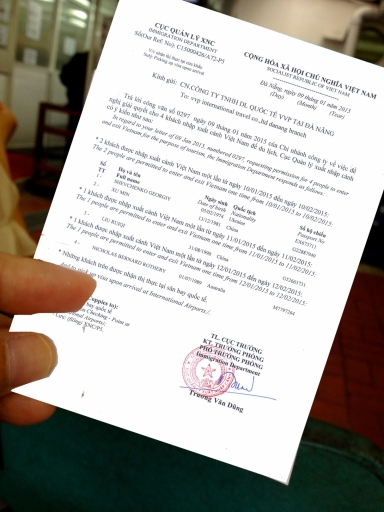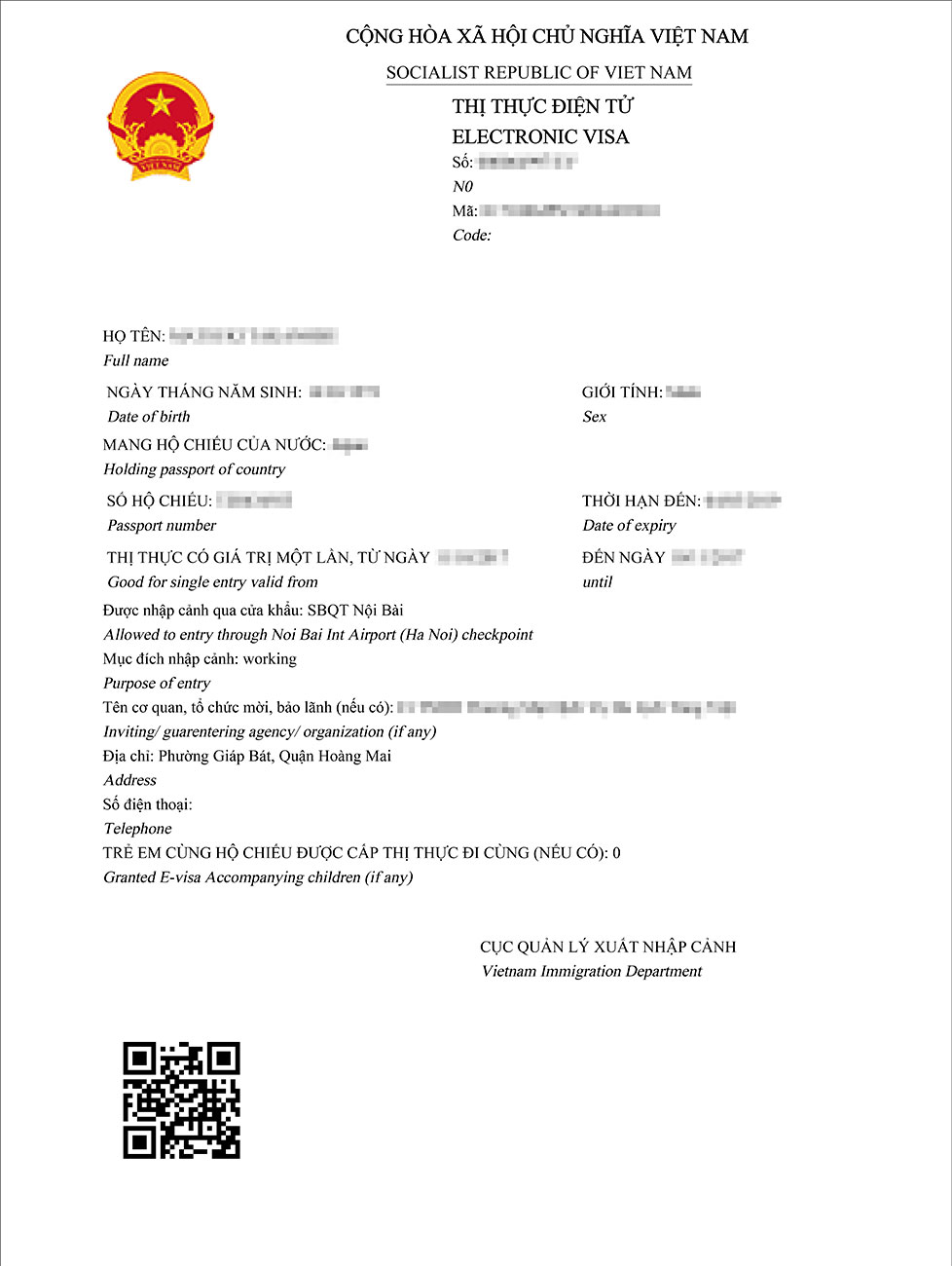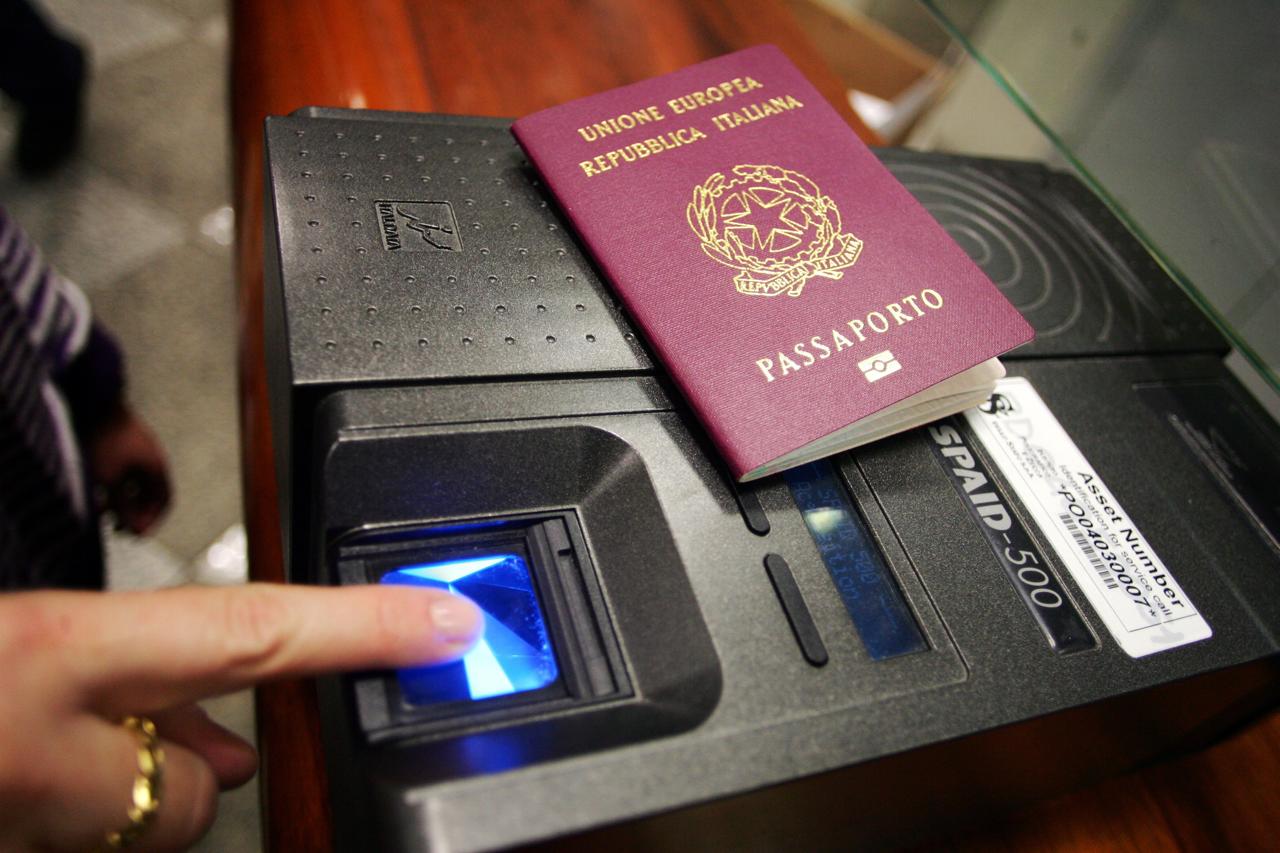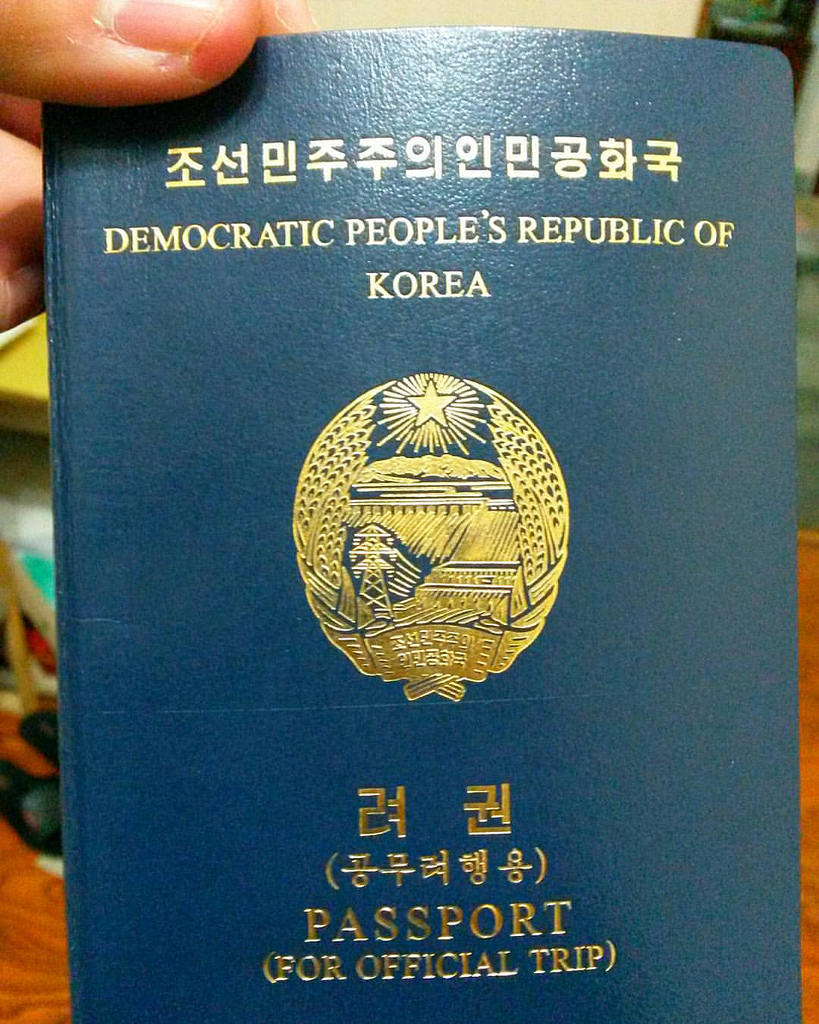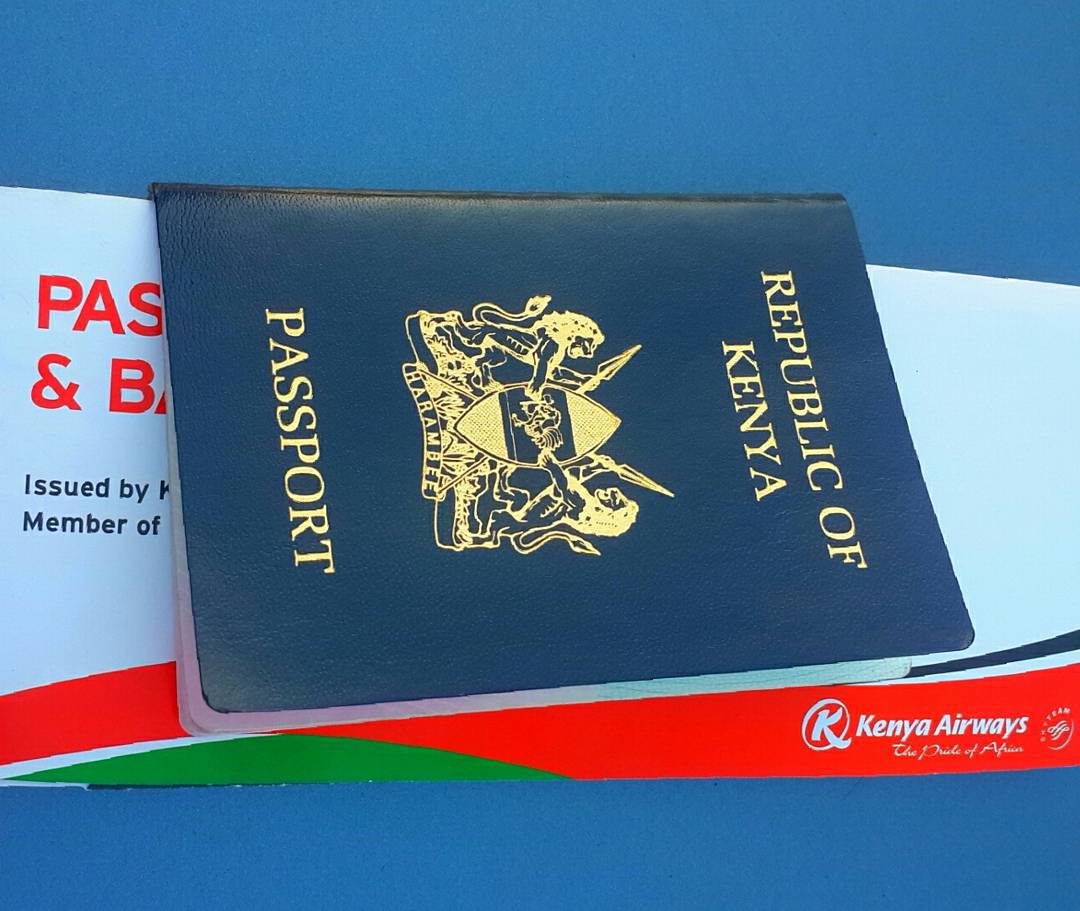A visa on arrival is an online, alternative way to apply for a visa in order to visit Vietnam. It is one of the two kinds of visas that will be stamped onto your passport upon your arrival at any of the International Airports. This option is preferred by many international tourists who come to Vietnam. It is both easy to apply to, convenient, quick and affordable. You will need to fill out the Online Application Form where you state your name, date of birth, et cetera. Afterwards you will have to wait for the approval letter that will usually come within 2 business days.
